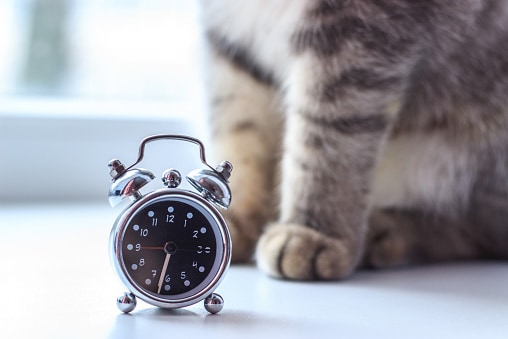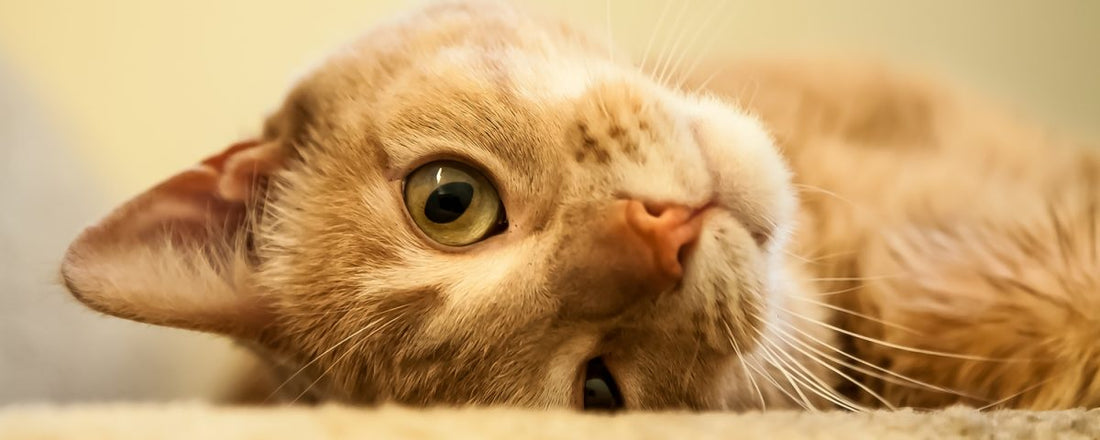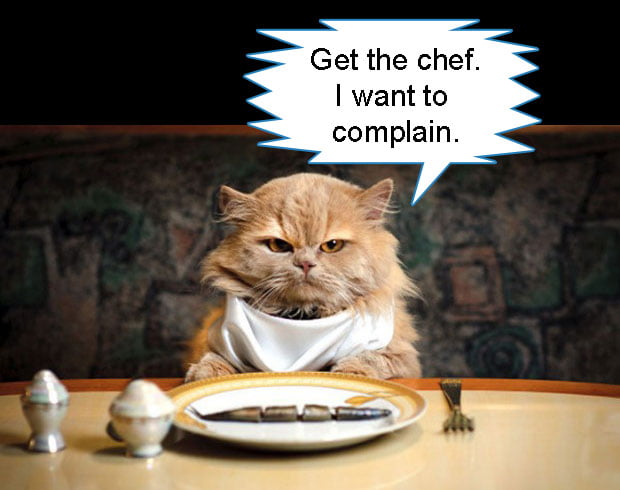

The moment there’s a key change in growth and maturity, the ingredients of the food your cat eats should change too.įor example, kitten food tends to be higher in calories and contains more fat and protein to help the growth of muscle and fuel a young cat’s energy. Kittens become adults and adults become seniors. Key Reasons To Make Changes to Your Cat’s Diet There’s no need to panic because making changes at mealtimes can be surprisingly easy. There will be occasions when you’re going to need to change their daily dietary ritual, perhaps for a medical reason or if the maker of their favorite variety ceases trading. Cats can be creatures of habit, especially when it comes to what goes into their bowls. Jennifer Garcia is a veterinary internal medicine consultant in Houston, Texas.There’s a reason why cat food manufacturers have picked names like ‘Choosy’ and ‘Fussy Cat’ for their brands over the years. A new diet should also not be started while the patient is in the hospital or while they are still ill.ĭr. Quimby warns that cats that are nauseated, gagging or turning away from food should not be forced to eat. In an effort to decrease the risk of creating a food aversion issue, Dr. Quimby notes that a daily low dose has been shown to be effective in cats with chronic renal disease. Mirtazapine is a commonly used appetite stimulant, and Dr. Medications for pain, nausea and appetite stimulation may also be considered for inappetent felines. Ill cats, on the other hand, may do better with chilled food that has less odor and may be less likely to induce nausea. Elderly cats may benefit from having their food warmed to overcome their decreased sense of smell.

Social interactions with other cats, the location of the food and water dishes, and changes in the consistency of the food can all lead to changes in appetite. Cats are uniquely sensitive to their environment, Dr. In addition to managing any underlying medical issues, clinicians need to consider other factors in patients with decreased or absent appetite. In addition, as they age cats have an increased metabolic rate, which means their nutritional requirements will change.

In her presentation “Feeding the Finicky Feline,” given during the 2016 American College of Veterinary Internal Medicine (ACVIM) Forum, Jessica Quimby, DVM, PhD, DACVIM, discussed the importance of nutrition in managing feline patients, including some of the obstacles we veterinarians face in encouraging cats to eat and strategies to overcome some of these hurdles.ĭr.


 0 kommentar(er)
0 kommentar(er)
